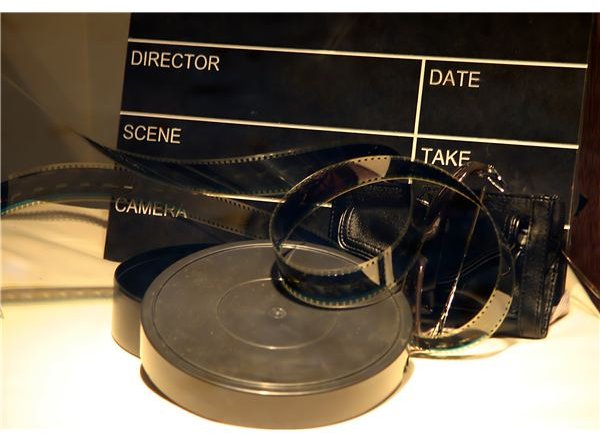The Definition of Cinematography: Looking at Various Aspects of Cinematography
Introduction
The definition of cinematography revolves around the art form of capturing images by recording images or taking still photographs. Cinematography is the technique and art of film photography. This involves the way images are captured, how lighting is used to convey mood and atmosphere, and the selection of the equipment used to record images for film projects. Read on to find out the definition and the significant aspects of cinematography.
Capturing Images
Capturing images to tell a story and set the mood for a film project takes more than just pointing the camera at the film’s subjects and recording everything. It involves a certain amount of artistic prowess and a unique set of skills and techniques to achieve the desired look that the cinematographer is aiming for. The process that cinematographers go through involves setting up lighting effects and different kinds of light sources to set up the mood and the atmosphere of a scene. The cinematographer also dictates the angle of the camera that will provide a perspective that will work best for the scene as he sees it.
Recording Devices
Cinematography involves the right selection of recording devices to be used to capture images for a scene. Film stock, lenses, cameras and framing are all important choices for the cinematographer. These recording devices and how they complement the talent of the cinematographer dictates the visual quality of captured images, so only qualified people like the director of photography and the cameramen should be allowed to handle, maintain and operate this equipment.
General Ideas in Cinematography
The director of a film project dictates the creative direction of the movie. His ideas are taken by the cinematographer and translated into the actual captured images using his specialized techniques and skills. For a cinematographer, some of the most important ideas he needs to come up with revolve around the right perspective to capture the scene and how much of it should be included in the shot. Camera angles play a large role in how the cinematographer does his job. It dictates the drama and the visual impact of all the elements in a scene so to be a great cinematographer means one must have a unique and artful vision of how camera angles should enhance the story being told.
Shooting
There are basic ways for a cinematographer to capture a scene. His arsenal of types of shots include the close-up, the extreme close-up, the long shot, the extreme long shot, the medium shot and full shot. Each of these shots can convey the scene in a different mood and atmosphere so it is up to the cinematographer to choose which type of shot should be employed to tell the story the best way he can.
Camera Movement
The position of the camera and its angle are not the only important factors in capturing images. Camera movement also provides cinematographers a way to make a scene more dynamic. It can also play a part in establishing whose perspective is being represented by the camera. Cinematographers can play with camera movement to convey drama and even a sense of grandeur, especially if it is a long or extremely long shot. The definition of cinematography is more than just saying that it involves the operation of recording devices, it is a combination of technical skills and creative storytelling.
References
https://www.wildsound-filmmaking-feedback-events.com/cinematography-shots-and-camera-angles.html
https://www.absoluteastronomy.com/topics/Cinematography
https://www.filmsite.org/filmterms5.html
Photo Courtesy of Morguefile.com / Supplied by Clarita
